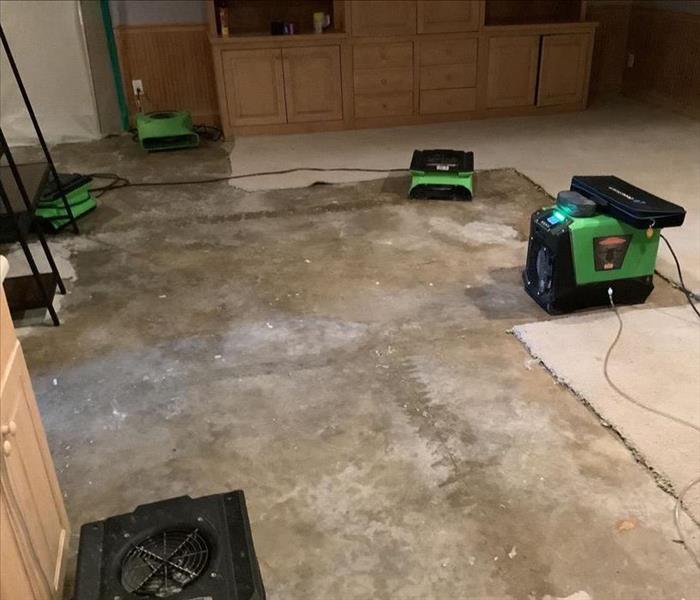Flood Defense 101: Understanding Flood Barriers and Sandbags
5/15/2024 (Permalink)
 By understanding how these flood defense measures work, homeowners can mitigate the risk of flood-related losses and protect their homes.
By understanding how these flood defense measures work, homeowners can mitigate the risk of flood-related losses and protect their homes.
When it comes to protecting properties from flooding, flood barriers, and sandbags are essential tools in a homeowner's arsenal. In this guide, we'll delve into the functionality and effectiveness of flood barriers and sandbags, exploring how they can be used to mitigate flood damage and safeguard homes and businesses.
1. Understanding Flood Barriers
Flood barriers are engineered structures designed to prevent or mitigate the ingress of floodwater into buildings and properties. They come in various forms, including temporary barriers, permanent levees, and inflatable dams. Temporary barriers are often made of materials such as steel, aluminum, or reinforced concrete, while inflatable dams utilize air or water to create a barrier against rising floodwaters.
2. How Flood Barriers Work
Temporary flood barriers are typically deployed in advance of an impending flood event and are designed to be quickly erected and removed as needed. They create a physical barrier between the floodwater and the property, diverting water away from vulnerable areas. Permanent levees, on the other hand, are constructed using durable materials and are built to withstand frequent or recurring flood events.
3. Benefits of Sandbags
Sandbags are a traditional and cost-effective flood mitigation measure commonly used to reinforce flood barriers and protect against localized flooding. When properly filled and stacked, sandbags can create a sturdy barrier that helps to divert or absorb floodwaters. They are versatile, easy to transport, and can be quickly deployed in emergencies.
4. Proper Sandbag Placement
To maximize the effectiveness of sandbags, it's essential to place them strategically around the perimeter of the property, focusing on vulnerable areas such as doors, windows, and low-lying entry points. Start by laying a base layer of sandbags to create a stable foundation, then stack subsequent layers in a staggered pattern to create a strong and watertight barrier.
5. Maintenance and Inspection
Regular maintenance and inspection of flood barriers and sandbags are essential to ensure their effectiveness when needed. Inspect barriers for signs of wear, damage, or deterioration, and replace any damaged components promptly. Store sandbags in a dry and accessible location, and replenish supplies as needed to maintain readiness for future flood events.
6. Integrated Flood Defense Systems
In addition to flood barriers and sandbags, homeowners can also implement integrated flood defense systems that combine various mitigation measures, such as drainage systems, sump pumps, and elevation techniques. By combining multiple strategies, property owners can enhance flood resilience and minimize the risk of flood damage.
Flood barriers and sandbags are invaluable tools for protecting properties from flood damage and minimizing the impact of inundation. By understanding how these flood defense measures work and implementing them effectively, homeowners can mitigate the risk of flood-related losses and protect their homes and businesses against the devastating effects of flooding. Stay prepared, stay vigilant, and stay safe.

 24/7 Emergency Service
24/7 Emergency Service